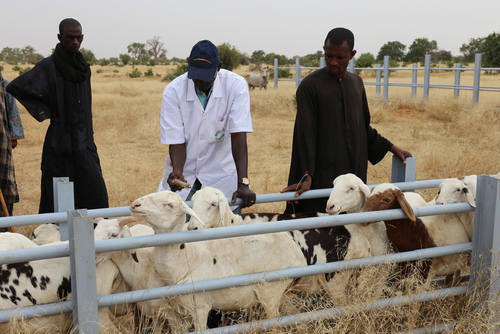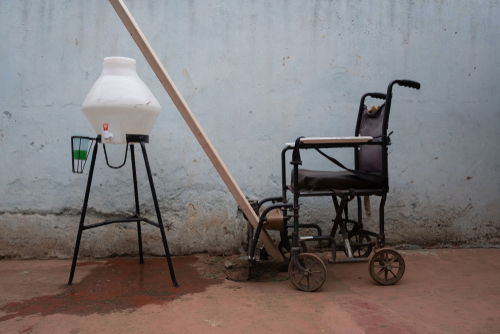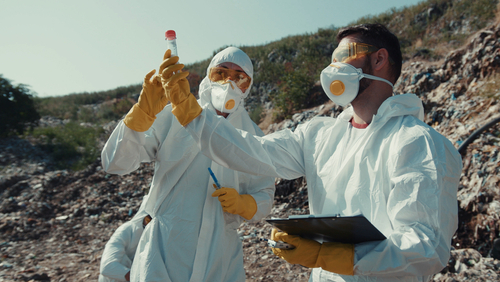July 05, 2013
A roundup of news on drug resistance and other topics in global health.
Estimates from a comprehensive survey conducted across 30 countries in Europe by the European Center for Diseases Prevention and Control (ECDC) reveal that about 80,000 patients suffer from at least one healthcare-associated infection on any given day. The highest rates of these infections, many of which are preventable, were found among intensive care unit (ICU) patients. [ECDC News, Reuters]
A new study published in the Journal of Clinical Investigation shows that a potential vaccine against malaria has provided immunity against several strains of malaria in experiments with mice. This potential vaccine has also shown powerful activity against Plasmodium falciparum, the strain causing the most dangerous form of malaria in humans, and is expected to undergo human clinical trials in Australia. [VoA]
Rwanda has been successful at controlling the problem of substandard and falsified drugs by effectively implementing pharmacovigilance, according to a recent study published in PLoS Medicine. The study also urges the WHO to work on a global treaty to address manufacturing and trade in substandard and falsified medicines to alleviate this problem. [NYTimes, The Guardian]
According to research published in the journal Science Translational Medicine, prolonged antibiotic use might also damage human tissues by causing a dysfunction in human mitochondria and leading to an overproduction of reactive oxygen species (ROS) in cells. [The Scientist]
A joint report by the European Food Safety Authority and the European Center of Disease Prevention and Control finds a persistent rise in resistance in Salmonella and Campylobacter to a wide range of antibiotics. The study, which focuses on antibiotic resistance in zoonotic and indicator bacteria in humans, animals and food in 2011, also reports on multi-resistance and co-resistance to critically important antimicrobials in both human and animal isolates. [EUFIC]
In research published in the journal PLoS One, scientists show that some resistant species of bacteria protect less resistant strains of the same or different species against antibiotics by releasing two proteins – named putrescine and Ycel – which prevent antibiotics from binding to the surface of bacteria. [PLoS Blogs]
An article in The New England Journal of Medicine discusses ways in which digital data can be used to study infectious-disease dynamics and illustrates the importance of digital disease surveillance. [NEJM]
Findings from a study examining livestock operation workers in North Carolina show that livestock-associated drug-resistant strains of Staphylococcus aureus were present among industrial livestock operation workers, while antibiotic-free livestock operation workers did not harbor such organisms. [Smithsonian Magazine, VoA]
New research published in the journal Nature Nanotechnology describes a quick method to assess bacterial response to antibiotics by using a microscopic tuning fork to detect tiny vibrations in bacteria. [Science Now]
Engineered cationic antimicrobial peptides (eCAPs), which are derived from the protein coat of HIV, have shown effective antibiotic activity against both Gram-negative and Gram-positive clinical isolates, including extensively drug-resistant strains, according to a new study in Antimicrobial Agents and Chemotherapy. [ASM]
A paper published in the journal BMC Infectious Diseases summarizes the use and development of mathematical models and methods in studying healthcare-associated infections.
NPR discusses the difficulty of treating drug-resistant tuberculosis in children, especially in the context of developing countries like Tajikistan. [NPR]
A review of historical records suggests that the vivax strain of malaria activates from its dormant hypnozoite form when the human immune system faces other parasitic or bacterial infections, according to a study published in The Lancet Infectious Diseases. Meanwhile, another article in the journal s global health blog discusses the challenges associated with eradicating malaria caused by P. vivax.
A New York Times article explores why pregnancy costs in the US are more expensive than costs in other countries. [NYTimes]
Silver image via Flickr/Marg











